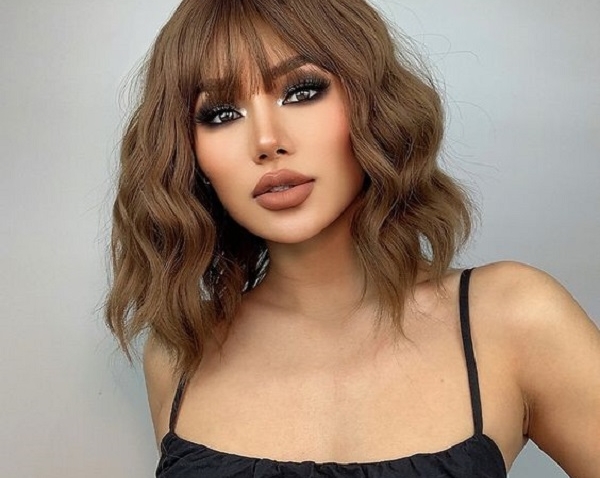
Why Were Wigs Invented? A Journey Through History
Wigs, once considered a symbol of opulence and status, have evolved into versatile fashion accessories. But why were they invented in the first place? Let’s embark on a journey through time to uncover the fascinating history of wigs.
Ancient Origins: Necessity is the Mother of Invention
The earliest traces of wig-wearing date back to ancient Egypt. The scorching desert sun made hair maintenance a challenge, prompting Egyptians to shave their heads for relief. To protect their scalps and maintain a sense of style, they crafted wigs from human hair, vegetable fibers, and even sheep’s wool. These early wigs were more than just fashion statements; they were essential for survival.
Beyond Egypt, other ancient civilizations, including the Assyrians, Phoenicians, Greeks, and Romans, adopted the practice of wearing wigs. For some, wigs were a symbol of wealth and status, while for others, they held religious or ceremonial significance.
The Middle Ages: Wigs as a Symbol of Status
During the Middle Ages, wigs continued to be worn by the elite. Elaborate hairstyles were often associated with wealth and power, and wigs offered a convenient way to achieve the desired look. As hygiene practices were less advanced, wigs also helped to conceal head lice and other scalp issues.
The Renaissance and Baroque Periods: Wigs as Fashion Statements
The Renaissance and Baroque periods witnessed a resurgence in wig popularity. Wigs became extravagant fashion accessories, often styled in elaborate curls and ringlets. Both men and women adorned themselves with wigs, and they were a symbol of social status and sophistication.

The Enlightenment and Decline of Wigs
The Enlightenment era brought about a shift in attitudes towards wigs. The emphasis on natural beauty and simplicity led to a decline in wig popularity. However, wigs continued to be worn in specific professions, such as the legal and judicial fields, where they symbolized authority and dignity.
The Modern Era: Wigs for Fashion, Medical Necessity, and Cosplay
Today, wigs serve a variety of purposes. They are popular fashion accessories, allowing individuals to experiment with different hairstyles without committing to permanent changes. Wigs also play a crucial role in the medical field, providing comfort and confidence to people experiencing hair loss due to cancer treatments or other medical conditions. Additionally, wigs are essential for cosplay and theatrical performances.
The Psychology of Wigs
Beyond their practical and aesthetic purposes, wigs can have a profound psychological impact. For some, wearing a wig can boost self-esteem and confidence. It can be a way to express individuality or to create a new identity.
The Future of Wigs
With advancements in technology and materials, the future of wigs holds exciting possibilities. From synthetic hair that mimics the appearance and feel of human hair to innovative wig designs, the wig industry is constantly evolving.
Choosing the Perfect Wig: A Guide to Flattering Your Face Shape
While wigs offer endless possibilities for transforming your look, selecting the right style for your face shape is crucial. Let’s explore how to find the perfect wig to enhance your features.
Understanding Your Face Shape
Before diving into wig styles, it’s essential to determine your face shape. Here’s a brief guide:
- Oval: Considered the most versatile, oval faces can wear almost any wig style.
- Round: Aim for wigs with height at the crown to elongate the face. Avoid short, blunt cuts.
- Square: Soften angular features with layered or wavy styles. Consider bangs or side parts.
- Heart: Balance a wider forehead with wigs that add volume at the chin level.
- Long: Create the illusion of width with chin-length bobs or styles with volume around the cheeks.
- Diamond: Highlight your cheekbones with styles that frame the face.
Wig Cap Construction: A Foundation for Success
The wig cap construction plays a significant role in comfort, natural appearance, and styling versatility. Consider these options:

- Lace Front: Offers a realistic hairline, allowing for various styling options.
- Full Lace: Provides the ultimate in versatility, with a natural-looking hairline and the ability to part the hair anywhere.
- Capless: Breathable and lightweight, ideal for everyday wear.
- Mono Filaments: Create the illusion of natural hair growth at the crown.
Wig Fiber: Quality Matters
The type of fiber used in a wig impacts its appearance, feel, and durability. Here are common options:
- Human Hair: Offers the most natural look and feel, but requires careful maintenance.
- Synthetic Fiber: Affordable and easy to care for, with improved quality in recent years.
- Heat-Friendly Synthetic: Allows for limited styling with heat tools.
Wig Care and Maintenance
Proper care ensures your wig looks its best and lasts longer. Follow these tips:
- Gentle Washing: Use wig-specific shampoo and conditioner.
- Air Drying: Avoid heat styling whenever possible.
- Storage: Store your wig on a wig stand to maintain its shape.
- Detangling: Use a wide-tooth comb or wig brush.
Wig Styling: Unleashing Your Inner Hair Icon
Styling a wig can be a fun and creative process. Whether you’re aiming for a natural look or a bold statement, these tips will help you achieve your desired style.
Basic Wig Styling Techniques
- Brushing: Use a wide-tooth comb or a wig-specific brush to gently detangle the hair. Start from the ends and work your way up to avoid damage.
- Teasing: Create volume by backcombing sections of hair. Use a fine-tooth comb to gently tease the hair at the roots.
- Curling: For heat-friendly wigs, use a curling iron or hot rollers. For synthetic wigs, opt for hot water or flex rods.
- Straightening: If your wig allows it, use a flat iron to create sleek, straight styles.
- Accessorizing: Add hairpins, clips, or headbands to enhance your wig’s appearance.
Wig Styling Tips for Different Wig Types
- Short Wigs: Experiment with texturizing products, such as mousse or hairspray, to add volume and shape.
- Medium-Length Wigs: Create versatile looks by curling, straightening, or adding waves.
- Long Wigs: Explore various hairstyles, from loose waves to elegant updos.
Wig Care for Long-Lasting Beauty
Proper wig care is essential to maintain its appearance and longevity. Follow these guidelines:
- Gentle Washing: Use wig-specific shampoo and conditioner. Avoid harsh products.
- Air Drying: Whenever possible, allow your wig to air dry to prevent damage.
- Storage: Store your wig on a wig stand to maintain its shape.
- Professional Cleaning: For deep cleaning or complex styling, consider taking your wig to a professional.
Wig Styling for Special Occasions
Wigs can be a game-changer for special occasions, allowing you to create stunning and unforgettable looks. Let’s explore some styling ideas for different events:

Weddings
- Bridal Wigs: Opt for classic and elegant styles like soft curls, romantic updos, or timeless chignons.
- Wedding Guest Wigs: Choose a style that complements the wedding theme and your outfit. Consider glamorous waves, sophisticated bobs, or elegant ponytails.
Proms and Formals
- Bold and Glamorous: Experiment with long, flowing curls, high ponytails, or intricate updos adorned with hair accessories.
- Edgy and Modern: Try short, cropped styles with bold colors or edgy cuts for a daring look.
Red Carpet Events
- Hollywood Glam: Channel your inner star with glamorous waves, sleek updos, or voluminous curls.
- Avant-Garde: Make a statement with bold and unconventional styles, incorporating unique textures and colors.
Tips for Styling Wigs for Special Occasions
- Practice: Experiment with different styles before the big day to ensure you’re confident with the look.
- Hair Accessories: Enhance your wig with headbands, tiaras, or hairpins to create a polished appearance.
- Professional Help: Consider consulting a hairstylist for expert styling tips and advice.
Wig Care for Different Weather Conditions
To ensure your wig looks its best in any weather, follow these tips:
Hot Weather
- Lightweight Styles: Opt for shorter or layered wigs to allow for better airflow.
- Wig Caps: Wear a wig cap to absorb moisture and prevent frizz.
- Cooling Products: Use styling products with cooling properties to keep your scalp comfortable.
Cold Weather
- Protective Styles: Consider protective styles like braids or buns to shield your wig from harsh weather conditions.
- Static Control: Use anti-static products to prevent frizz and flyaways.
- Wig Storage: Store your wig in a cool, dry place when not in use.
Humid Weather
- Wig-Friendly Products: Use hairspray or other styling products designed for humid conditions.
- Regular Washing: Wash your wig more frequently to remove product buildup and prevent frizz.
- Quick Drying: Gently blot your wig with a towel after washing to speed up the drying process.
A Timeless Accessory
From their humble beginnings as a practical necessity to their status as fashion statements, wigs have played a significant role in human history. Today, they continue to be a versatile and empowering accessory.
Whether you’re looking to make a fashion statement, address hair loss, or simply explore a new look, wigs offer endless possibilities.




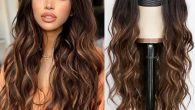


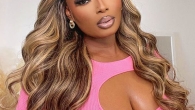
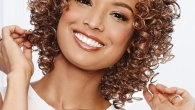


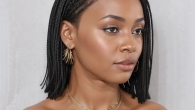
Leave a Reply